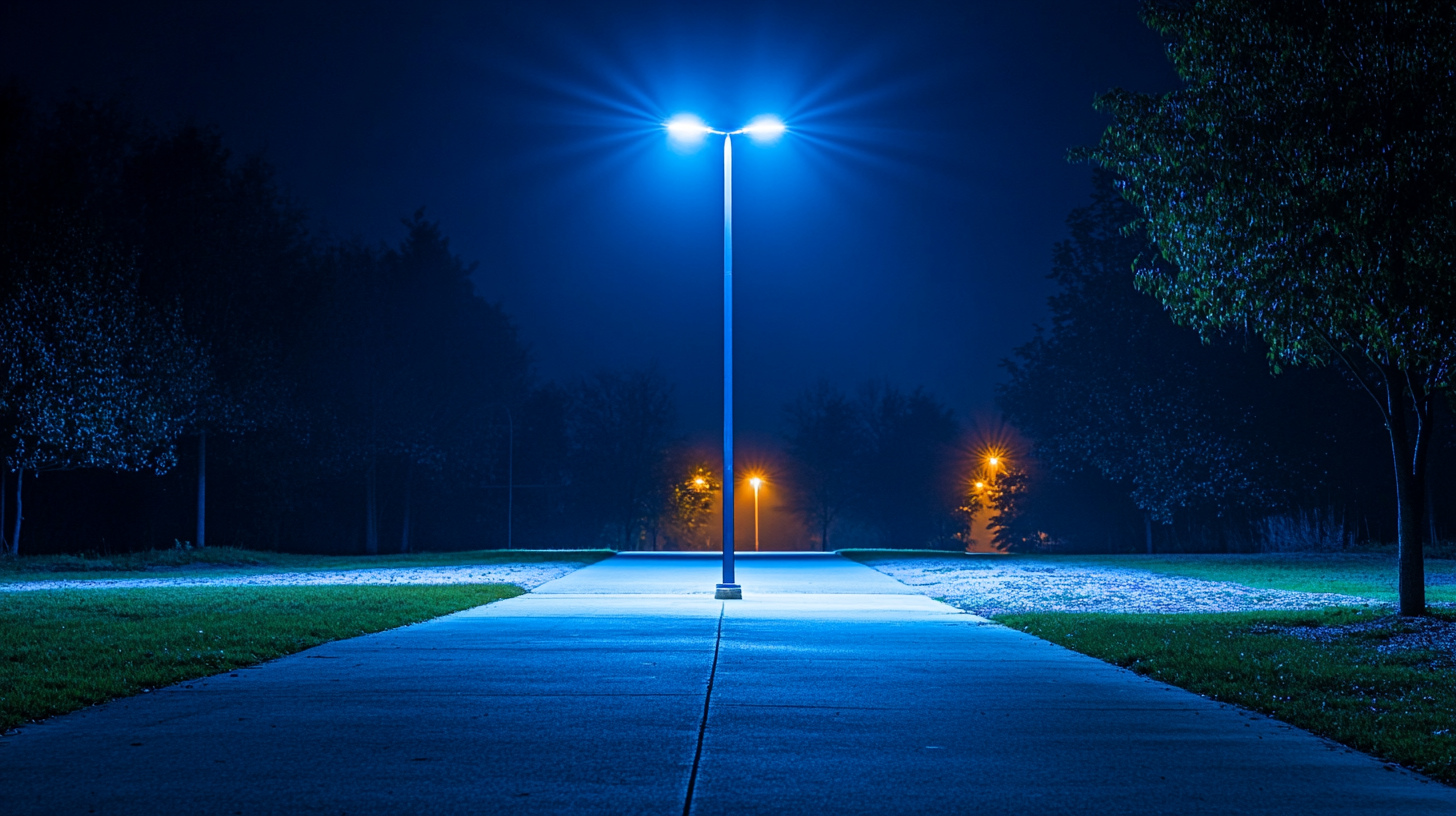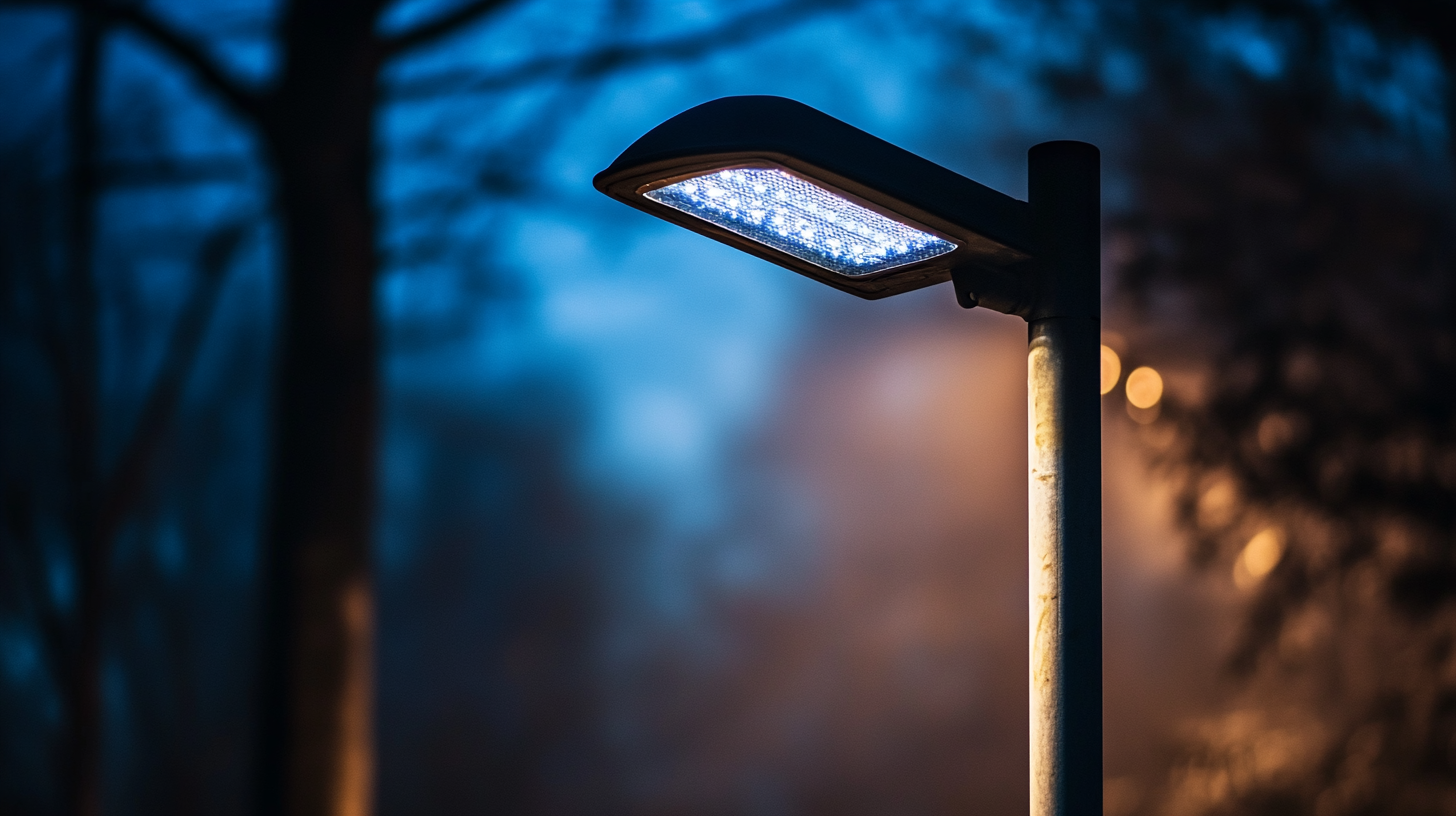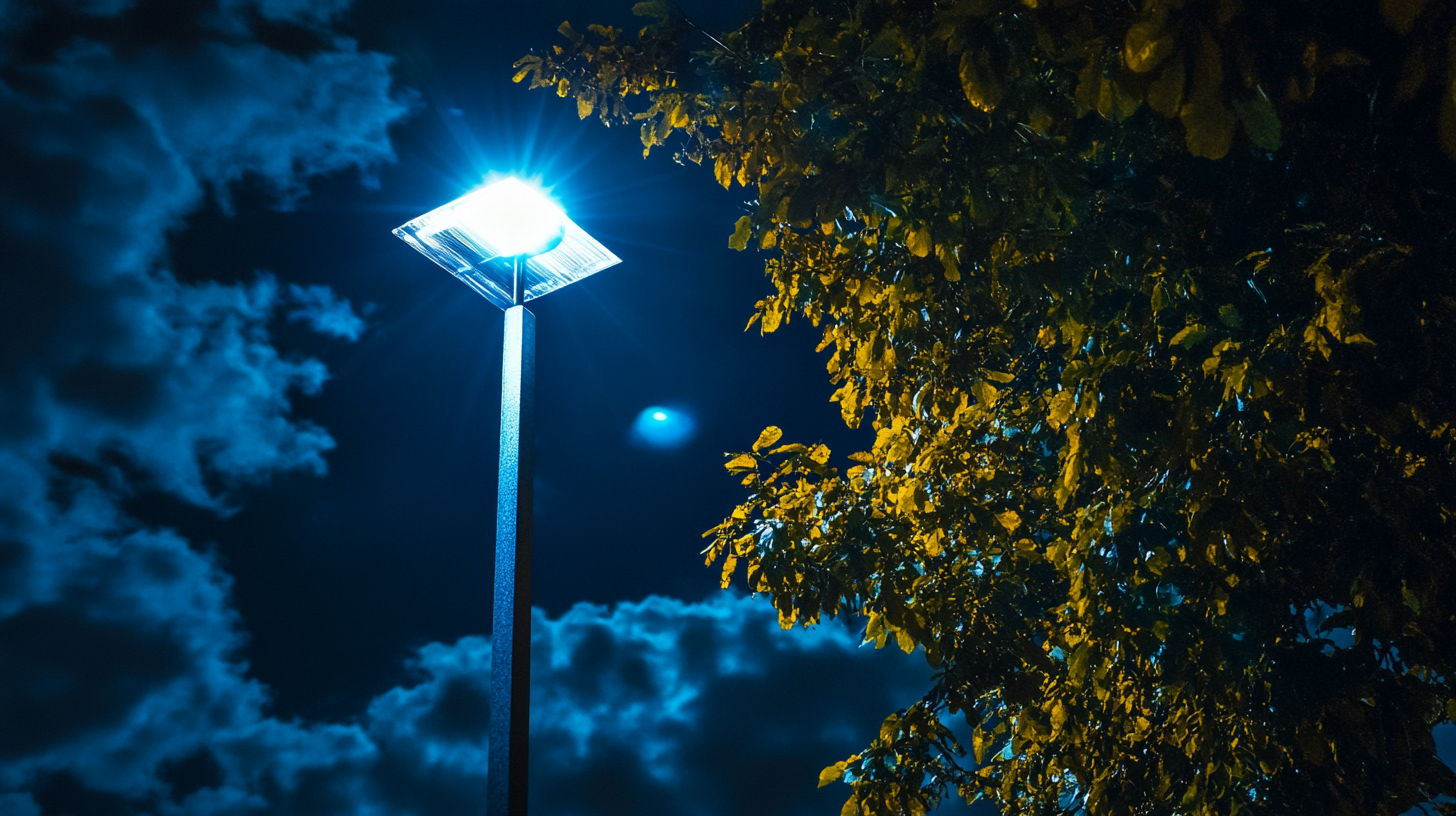Top Strategies for Selecting the Best Floodlight Led for Your Outdoor Space
When it comes to illuminating outdoor spaces, selecting the best Floodlight LED is crucial for enhancing safety and aesthetics. According to a report by the International Energy Agency, global energy-efficient lighting, including LED technology, is expected to grow significantly, with projections indicating that LED lamps could account for 70% of the global lighting market by 2025. This shift not only highlights the growing acceptance of LED technology but also underlines the importance of choosing high-quality floodlight options that meet both performance and safety standards. Additionally, as outdoor lighting regulations tighten worldwide, understanding industry certifications for import and export will be essential for making informed decisions. By selecting the right Floodlight LED, homeowners and businesses can achieve optimal lighting solutions, reduce energy consumption, and enhance their outdoor environments while complying with relevant standards.

Understanding Lux Levels: How Bright is Your Outdoor Space?
When considering the best floodlight LED for your outdoor space, it's essential to understand the concept of lux levels, which measure illumination. Lux levels indicate how well a space is lit and are crucial for both functionality and aesthetics. For instance, a cozy backyard might require lower lux levels for a softer ambiance, while a larger area meant for activities may necessitate brighter lighting. Generally, a range of 50 to 200 lux is suitable for outdoor areas, such as patios or gardens, ensuring they are welcoming without being overpowering.
Calculating the lux levels you need involves assessing the size of the area and its purpose. For pathways or safety lighting, aim for levels around 50-100 lux. In contrast, for spaces intended for social gatherings or outdoor sports, you may want to go up to 200 lux or more. By selecting floodlight LEDs with the appropriate lux output, you can create a well-lit environment that highlights your outdoor features, enhances security, and allows for enjoyable evening activities.

Comparing Energy Efficiency: LED vs. Traditional Floodlights
When it comes to outdoor lighting, the choice between
LED floodlights and traditional incandescent or halogen options is increasingly significant. LED floodlights shine brightly regarding energy efficiency, consuming up to
80% less electricity compared to their traditional counterparts. This stark difference enables homeowners to illuminate their outdoor spaces without the burden of skyrocketing energy bills. In addition, LEDs have a longer lifespan, often lasting
25,000 hours or more, which reduces the frequency—and cost—of replacements.
Not only do LED floodlights prove to be cost-effective in the long run, but they are also environmentally friendly. By using less power, they contribute to a decrease in greenhouse gas emissions, making them a sustainable choice for eco-conscious consumers. Moreover, the versatility of LED technology allows for various color temperatures and brightness levels, enabling homeowners to create the perfect ambiance in their outdoor areas while enjoying the benefits of superior energy efficiency.
With advancements in LED technology, the modern options available can easily outshine traditional floodlights, making them a sound investment for anyone looking to enhance their outdoor lighting strategy.
Evaluating Color Temperature: Which Hue Enhances Your Outdoor Ambiance?
 When selecting the ideal floodlight LED for your outdoor space, color temperature plays a crucial role in defining the ambiance and functionality of your environment. Color temperature, measured in Kelvin (K), influences how your outdoor areas feel after sunset. Warmer tones, typically around 2700K to 3000K, create a cozy and inviting atmosphere, perfect for patios and gardens where relaxation and entertainment take center stage. This soft hue not only enhances the beauty of natural landscapes but also encourages gatherings under the stars, fostering a sense of warmth and comfort.
When selecting the ideal floodlight LED for your outdoor space, color temperature plays a crucial role in defining the ambiance and functionality of your environment. Color temperature, measured in Kelvin (K), influences how your outdoor areas feel after sunset. Warmer tones, typically around 2700K to 3000K, create a cozy and inviting atmosphere, perfect for patios and gardens where relaxation and entertainment take center stage. This soft hue not only enhances the beauty of natural landscapes but also encourages gatherings under the stars, fostering a sense of warmth and comfort.
On the other hand, cooler tones, ranging from 4000K to 5000K, provide a brighter and more vibrant environment. These shades are ideal for spaces requiring higher visibility, such as driveways, pathways, and security lighting. By utilizing cooler color temperatures, homeowners can create a more alert and focused atmosphere, making outdoor activities safer and more efficient. When evaluating your options, consider how each color temperature fits into your overall outdoor aesthetic and functionality, ensuring that the floodlight LED you choose harmonizes with your goals for the space.
Wireless vs. Wired Floodlight LEDs: Pros and Cons for Your Needs
When deciding between wireless and wired floodlight LEDs for your outdoor space, it’s essential to weigh the pros and cons tailored to your unique needs. Wireless floodlight LEDs offer the convenience of easy installation and flexibility in placement. With modern advancements in battery technology, many wireless options provide impressive brightness and long durations without the need for cumbersome wiring. However, homeowners should consider potential connectivity issues or the need for battery replacements over time, which could impact performance.
On the other hand, wired floodlight LEDs typically deliver a more reliable power source and often come equipped with higher lumens output, making them suitable for larger areas requiring consistent illumination. Recent reports indicate that wired systems can produce exceptional nighttime video quality alongside powerful lighting, enhancing both safety and surveillance. While the initial installation might be more challenging and potentially costly, the longevity and durability of wired options often justify the upfront investment, especially for those looking for robust security solutions in their outdoor environments. Ultimately, whether you choose wireless or wired, ensuring that your floodlight LEDs fit your specific requirements will enhance not only the aesthetic appeal but also the security of your outdoor space.
Comparison of Wireless vs. Wired Floodlight LEDs
This chart displays the number of pros and cons associated with wireless and wired floodlight LEDs, helping you to make an informed decision for your outdoor space.
Weather Resistance Ratings: Choosing Durable Floodlights for All Conditions
When selecting floodlight LEDs for your outdoor space, it's crucial to focus on their weather resistance ratings to ensure durability against various environmental conditions. A robust floodlight should not only deliver high brightness, but also withstand rain, snow, and UV exposure. Floodlights with a weather resistance rating of IP65 or higher are ideal, offering protection against dust ingress and water jets, making them suitable for all-season use. Recent product reviews highlighted several solarpowered models that excel in performance while maintaining impressive durability, showcasing their effectiveness even in challenging weather.
**Tip:** Look for products with motion sensor capabilities, as these features not only enhance security but also help conserve energy. Models tested have shown that those equipped with motion sensors can significantly reduce electricity costs while providing superior illumination when needed.
Another important aspect is the brightness output measured in lumens. Aim for floodlights that provide at least 2500 lumens for optimal visibility in outdoor spaces such as yards or driveways. Additionally, customizable white tones can enhance the ambiance of your area, allowing you to adjust the lighting according to your preferences and activities. Reading through comparative reviews of various models can provide insights into the best options available on the market today.

